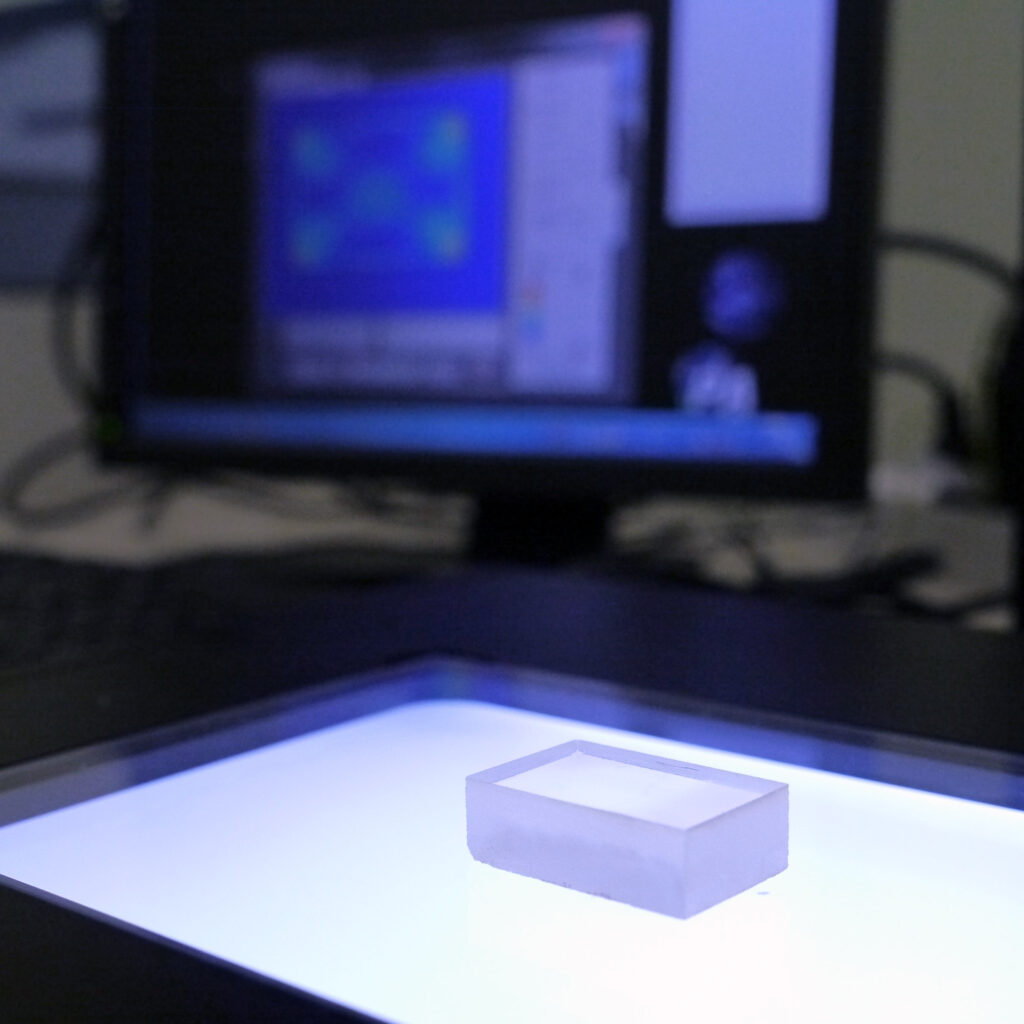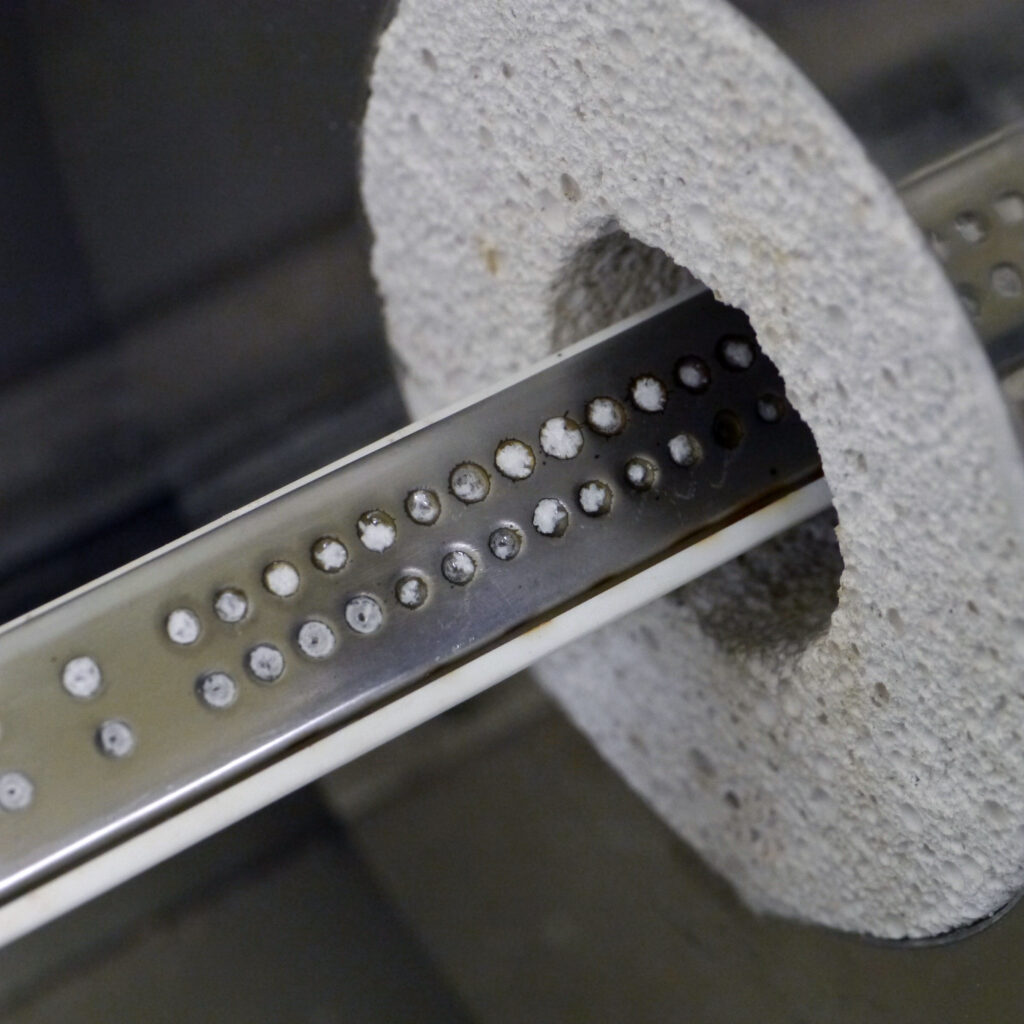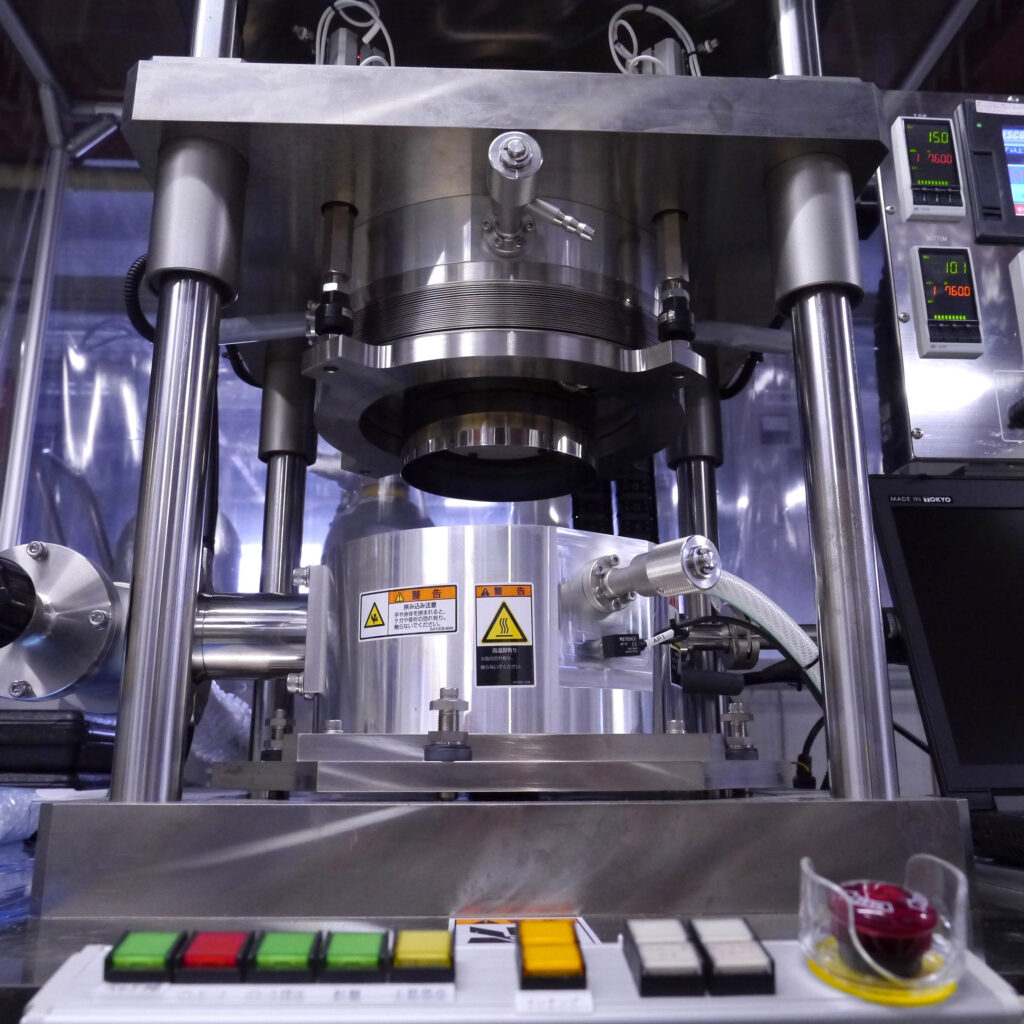Making glass nobody has ever made

New types of optical glass that have been produced by experiment are measured precisely to see what kinds of characteristics they have. The above photograph shows photoelasticity being measured. Photoelasticity indicates the degree of light birefringence when an external force is applied to glass. In optical devices, a lens does not function by itself and is always set inside a frame made of metal and some other material. When external forces such as heat are applied to the lens, some types of glass temporarily produce large birefringence. Optical glass of high photoelasticity has limited applications. The optical glass made with lead is of low photoelasticity. But, when titanium oxide is used as an alternate material, this numeric value increases. To balance performance with environmental conservation, we are developing optical glass of low photoelasticity.


When new optical glass has been developed, the properties are verified by measuring from various angles in addition to photoelasticity. In order to apply a new type of glass to high-end optical devices, it is important that the glass can actually be produced at a production site. So, the likelihood of “devitrification,” a phenomenons whereby non-transparent material emerges from melted glass in the generating process, as well as its temperature ranges, are studied. Also, glass-transition temperature (TG) is measured as an important key to setting the temperature in press-molding.

Optical glass made with titanium oxide of low environmental load obtains a higher refractive index than glass made with lead. But, it also has defects including a high photoelasticity and ready yellowing. To overcome these problems, Cosina has started industry-academia-government coordinated activities. Our project was chosen as a Strategic Basic Technology Support Program under the leadership of Ministry of Economy, Trade and Industry. And, we are promoting the project for full-scale development of lead-free, color-free, low-photoelectric lenses of high refractive indexes. We have also started research into technological areas that are considered to be effective when combined with new types of glass, such as precision surface machining of optical glass. Though the end is a long way off, we think it is a responsibility that a high-end optical manufacturer should assume.